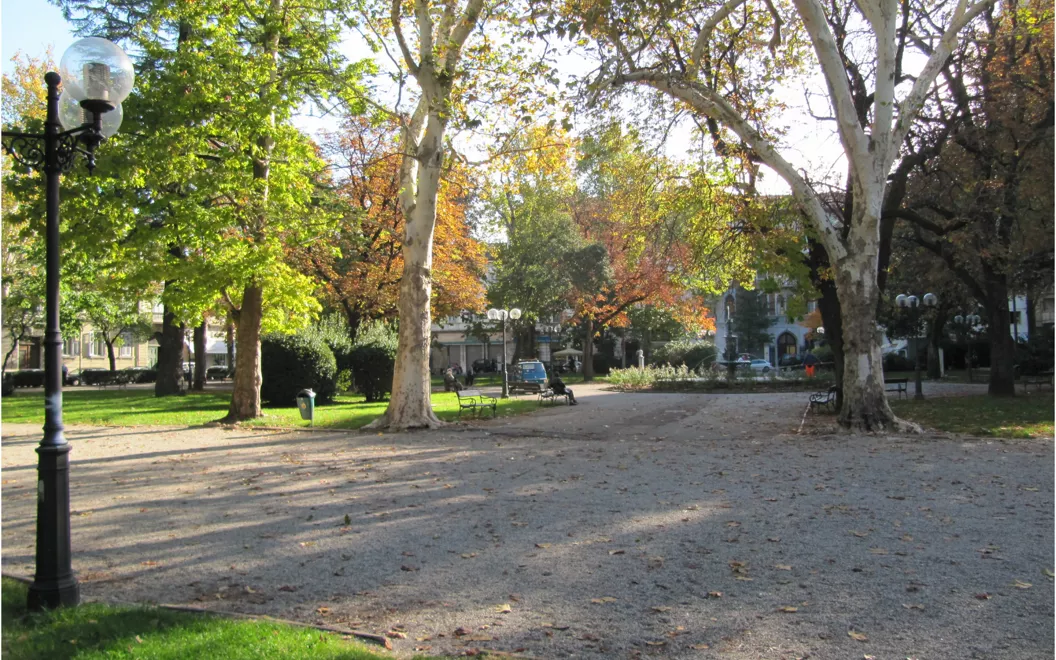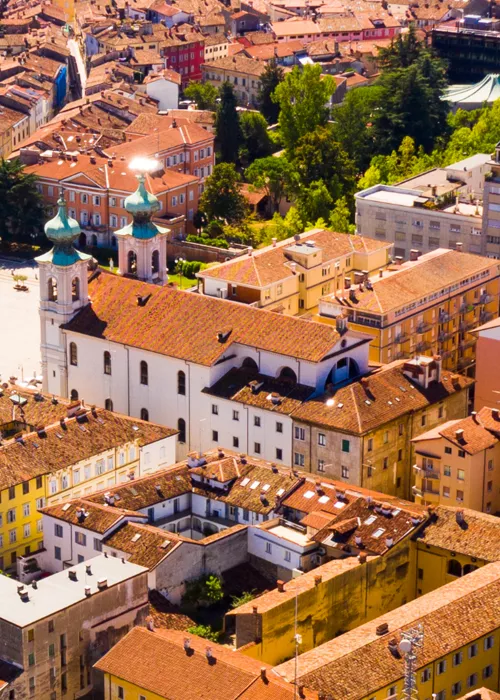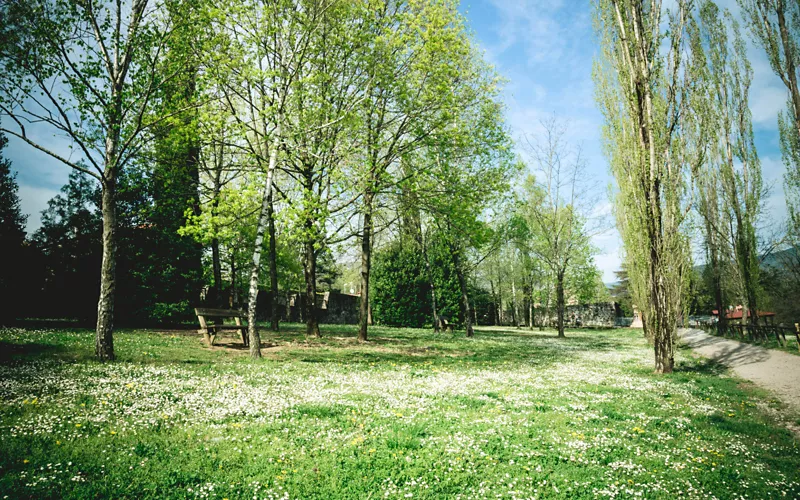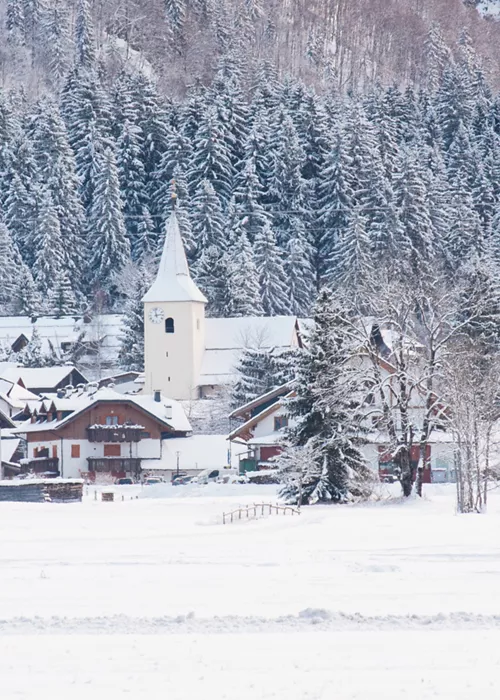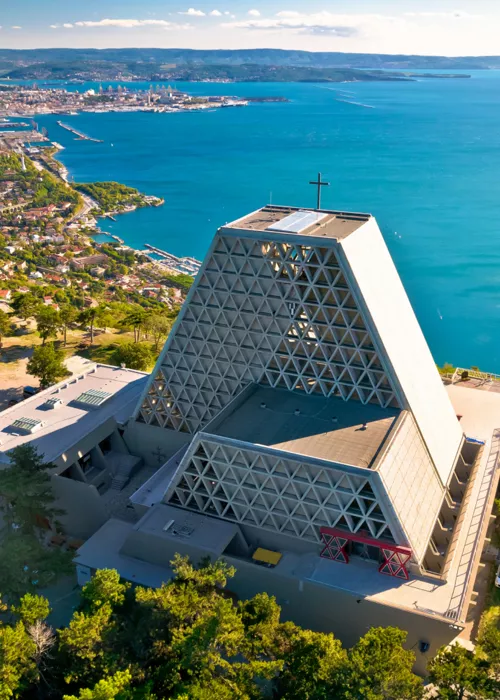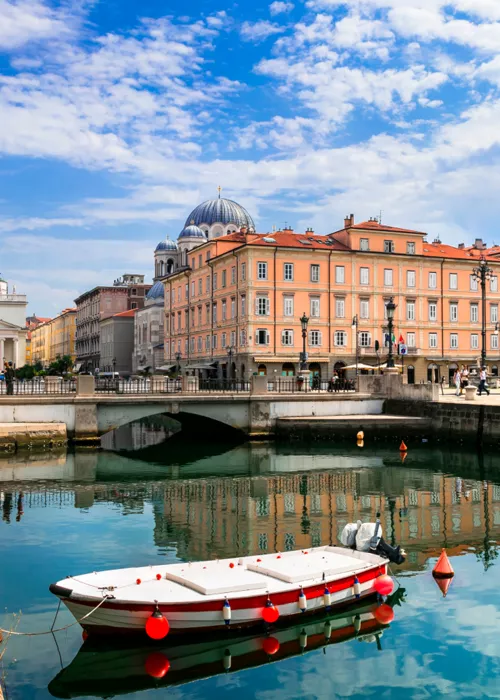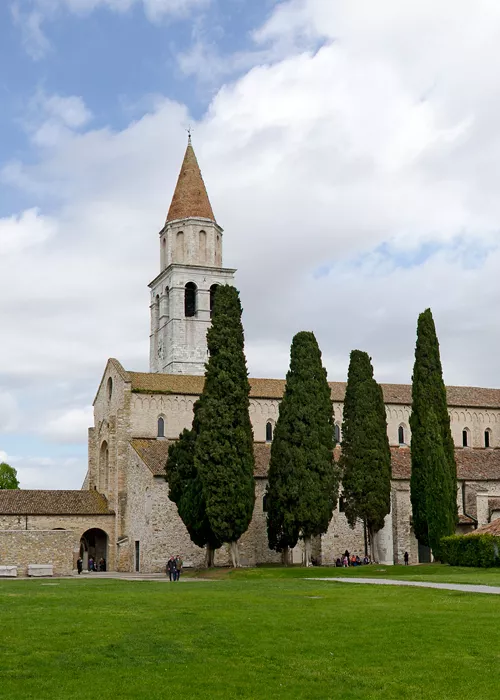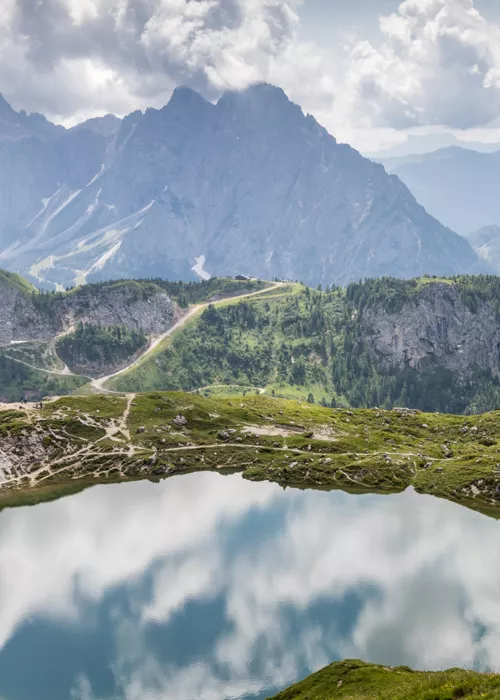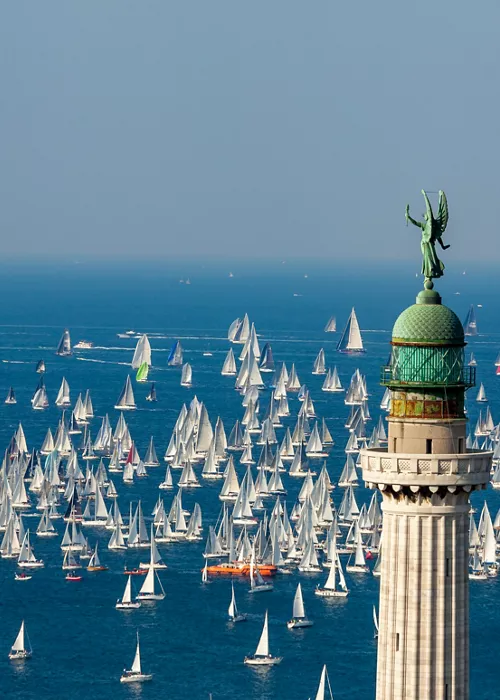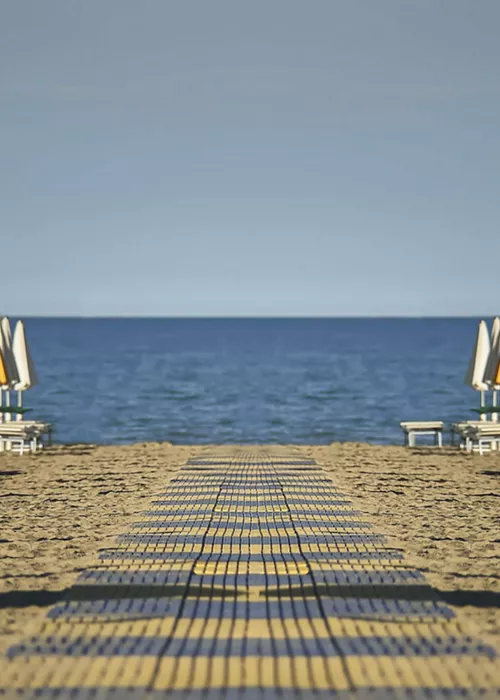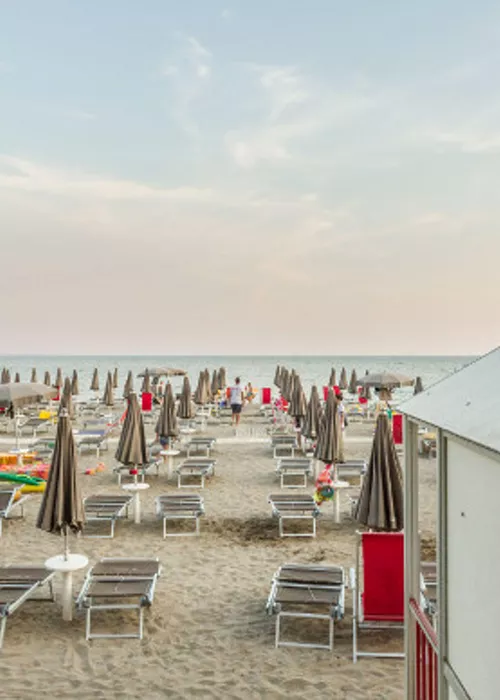The history of Gorizia through its gardens
2 minutes
Always faithful to its characteristics as a garden city, where greenery blends perfectly with Central European buildings, Gorizia cannot be imagined without its parks, a must-see destination for those who want to learn more about its history.
The Public Gardens encapsulate the history of the city
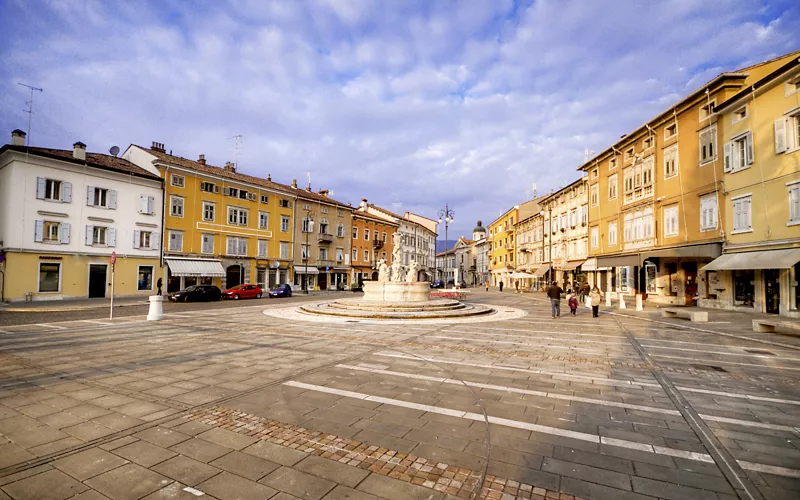
A stone's throw from the historic centre of Gorizia are the Public Gardens of Corso Verdi, built in 1860 to become a place of relaxation and pleasure for the Austro-Hungarian nobility, who often chose the city as a holiday destination. On one corner of the gardens stands the Trgovski Dom (House of Commerce), a building constructed for the Slovenian Commercial and Industrial Consortium based on a design by architect Max Fabiani in the early 20th century, when the Slovenian community in Gorizia was very large and influential in city life. In addition to its architectural value, the building is also important because it encapsulates part of Gorizia's 20th-century history. It was a reference point for the city's Slovenian population, which is why it was set on fire by the fascists in 1927 and then transformed into the “Casa del Fascio” (House of the Fascist Party). In 1945, during the period of Yugoslav administration, it became the “Casa del Popolo” (House of the People). In recent years, it has been assigned to the Isontina State Library and Slovenian associations, thus finally finding a location that respects the entire city community.
Parco della Rimembranza: Gorizia's tribute to the two world wars
Also located in the centre is the Parco della Rimembranza (Remembrance Park), built in 1923 to commemorate the victims of the First World War and, in particular, the volunteers from Gorizia who deserted the Habsburg army and chose to enlist in the Italian army. The park is criss-crossed by several paths which, in the shade of the trees, allow visitors to discover the various monuments. In the centre of the park are the remains of a chapel built in 1929 and destroyed in August 1944 by the Domobranci, the Slovenian fascists, on the orders of the Nazis. Finally, a wall commemorates the 665 Gorizia residents who were deported during the Yugoslav occupation.
Overcoming divisions: Parco Basaglia
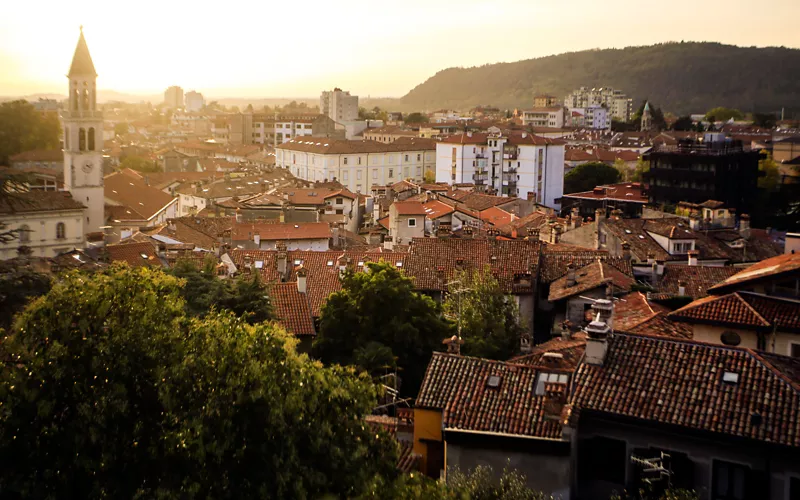
Don't forget Parco Basaglia: here, the border between Italy and Yugoslavia and that between normality and abnormality are symbolically intertwined. The Gorizia Psychiatric Hospital, built between 1905 and 1908 on an open-door model, was directed between 1961 and 1969 by Franco Basaglia, who launched his psychiatric revolution there. During these years, the asylum became a symbol of a double process of opening up: therapeutic and political. Even today, the place is a symbol of boundaries, identity and divisions, both physical and mental.
Among azaleas and rare roses
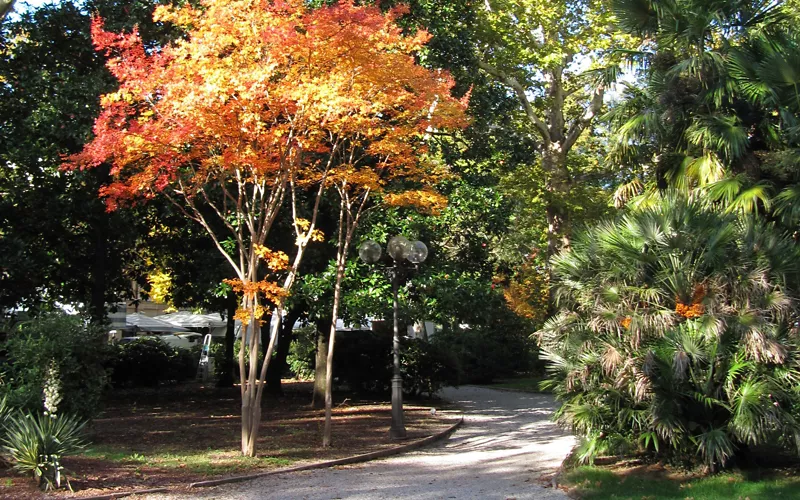
Finally, three kilometres from the city is the Luciano Viatori botanical garden, also called the Azalea Garden, as 500 varieties of azaleas flourish there, alongside rhododendrons, rare roses, camellias and magnolias. The garden is easy to explore thanks to a well-designed system of paths and wooden walkways, for an enchanting hour-long walk. The ideal time to visit is in spring, between March and June, when the flowers bloom.

